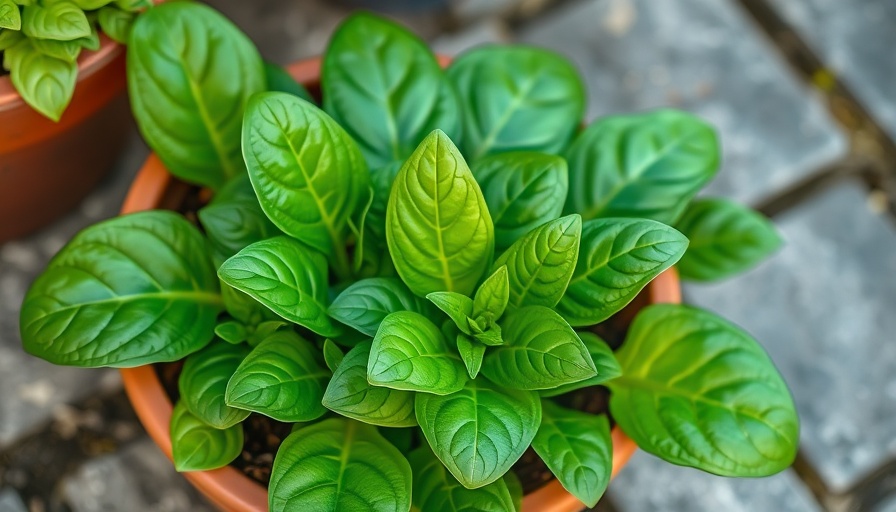
Grow Your Own Spinach at Home: A Guide to Container Gardening
Spinach is often lauded as a superfood, boasting a plethora of vitamins and minerals that are essential for our health. Yet, did you know that you can grow it right at your home, even if you have limited space? Whether you're in an apartment or have a small yard, container gardening offers a unique opportunity to enjoy fresh, homegrown spinach throughout the season.
The Benefits of Growing Spinach in Containers
One of the most significant advantages of container gardening is the ability to control the environment in which your plants grow. Spinach thrives in cool weather, ideally between 50°F and 70°F, making it a perfect candidate for early spring or fall planting. Containers can be moved to provide optimal sunlight and can help you avoid soil compaction, which often restricts root growth.
Choosing the Right Container
Selecting the appropriate container is vital for your spinach’s success. Opt for pots that are 8-12 inches deep to accommodate spinach's deep taproots. Ensure your containers have adequate drainage holes to prevent overwatering—a common mistake that can lead to root rot.
Preparing the Pot for Growing Spinach
To achieve the best results, you need to start with high-quality potting mix enriched with organic materials. Spinach prefers well-draining soil with a pH level between 6.0 and 7.5. You can mix compost into your potting soil to enhance nutrient availability, promoting healthier, faster-growing plants.
Best Practices for Growing Spinach
When it comes to growing spinach, regular watering is essential. Aim to keep the soil moist but not soggy. Spinach can also benefit from a light fertilization every four weeks using a balanced organic fertilizer, which can enhance growth and flavor.
Cultivars to Explore
Several spinach cultivars are well-suited for container gardening. Some of the most popular varieties include 'Bloomsdale', known for its large, savoyed leaves, and 'Baby Leaf', which matures quickly and is perfect for salads. Each variety has its unique taste and texture, so don’t hesitate to experiment!
Pest Control and Disease Management
Container-grown spinach is not without its challenges. Keep an eye out for typical pests like aphids and spider mites. Using insecticidal soap can be an effective way to manage these pests without harming your plants. Additionally, rotating your containers and practicing good sanitation can help prevent the spread of diseases.
Harvesting and Preserving Your Spinach
Spinach can be harvested as baby leaves or allowed to mature fully. When harvesting, it’s best to pick the outer leaves first, encouraging continued growth. If you have more spinach than you can consume fresh, consider blanching and freezing it for later use.
Delicious Ways to Use Your Fresh Spinach
Embrace the versatility of spinach in your kitchen! This leafy green can be used in salads, smoothies, omelets, or as a cooking ingredient in soups and casseroles. You can also try your hand at spinach pesto, a delightful twist on the traditional recipe.
Conclusion: Your Adventure in Container Gardening
Growing spinach in containers is not just a way to produce fresh, healthy greens; it’s also an engaging hobby. From the simple joy of watching your plants thrive to enjoying the fruits of your labor in your meals, container gardening can enhance your lifestyle. So grab your pots, seeds, and soil, and start your garden adventure!
Creating your own urban oasis through gardening opens the door to numerous benefits. You'll have access to fresh vegetables like spinach, save money on grocery bills, and enjoy the satisfaction that comes with nurturing your plants from seeds to harvest.
 Add Row
Add Row  Add
Add 




Write A Comment